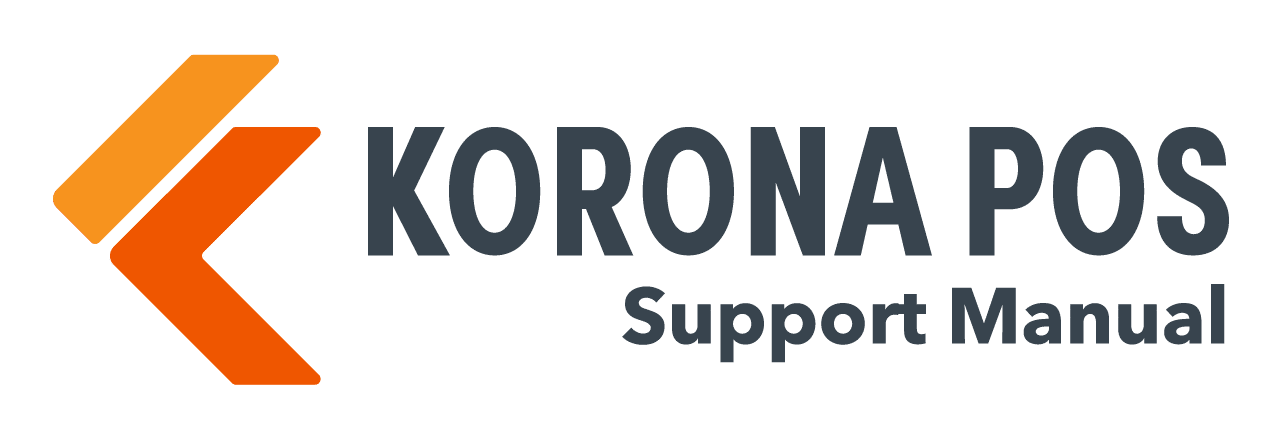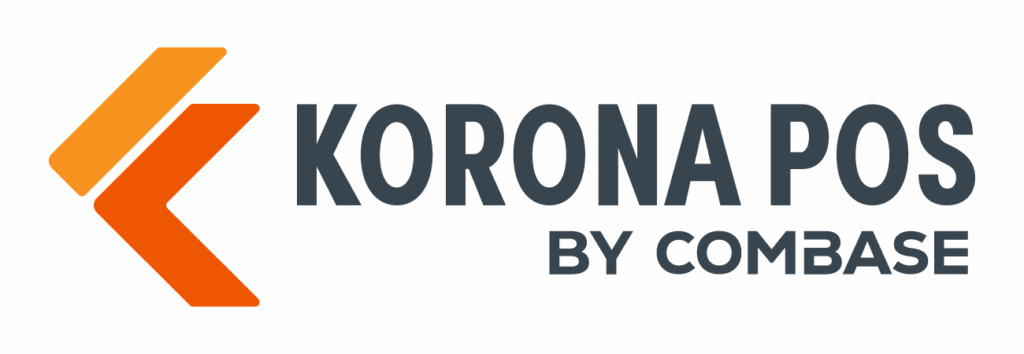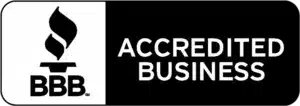Starting Balance:
To enter the starting cash balance in your drawer:
Navigate to the Starting Balance/ Cash Deposit button located in the Number 3 side menu.
Input the amount you wish to deposit.
Select the Enter button (arrow icon). The amount will appear on the receipt.
Process this as a standard cash transaction to add it to the drawer. A receipt should print confirming the deposit of your starting balance.
End of Day:
Navigate back to the Number 3 side menu and select Balance POS/End of Day. You will be prompted to enter the amount in your drawer.
NOTE: You can edit the way your balance operates. You can set the number of tries. If you want the balance to be by dollar amount (5 ones, 2 fives, 1 ten, etc.), you can change the allowed difference before finishing the balance. For example, it will accept the balance instead of prompting to try again if it is within 5 dollars.
Count all cash and enter it for reconciliation.
The system will notify you if you are incorrect.
The video below shows you how to do a start of day and end of day.
Add all desired products.
Select Total to enter the payment screen.
Choose a payment method (Cash, Credit, etc.) to complete the transaction.
Add all desired products.
Select Total to enter the payment screen.
Choose a payment method (Cash, Credit, etc.) to complete the transaction.
Open the Product Search
Select the 2 icon at the top-right of your screen to open the sidebar with the Product Search button. Press this button to take you to the Product Search Screen.
Single Item:
Click Add Item & Close.
Multiple Items:
Highlight desired product to add and then click Select Product For the final item, click Add Item & Close.
In the receipt archive, you will see your 15 most recent receipts displayed on the screen. All others will be allocated to the KORONA Studio back office.
Don’t worry, though. You are able to pull up receipts on the POS using a receipt that the customer could bring in from that prior sale. You can then scan it and the receipt will come back onto the screen. Alternatively, you can input the receipt number to pull it up at the POS as well. Receipt numbers can be found under Sales>Receipts in the back office.
Here, you are also able to print out receipt copies, process returns, print gift receipts, copy a previous transaction, and void receipts, as seen in the example below.
Partial Cash Payment:
- Example: If a customer owes $20 but wants to pay $5 in cash:
- Enter 5 and select Cash → Charges $5 in cash.
- The remaining $15 will appear as the balance owed.
- Select Credit to charge the remaining $15 to a card.
Split Card Payments:
After processing, select Credit again for the second card to charge the remaining balance.
Enter the amount for the first card and select Credit Split Payment.
Clock in/out: Accurate timekeeping is vital for payroll management and tracking employee hours. Ensuring staff know how to clock in and out helps maintain precise records.


